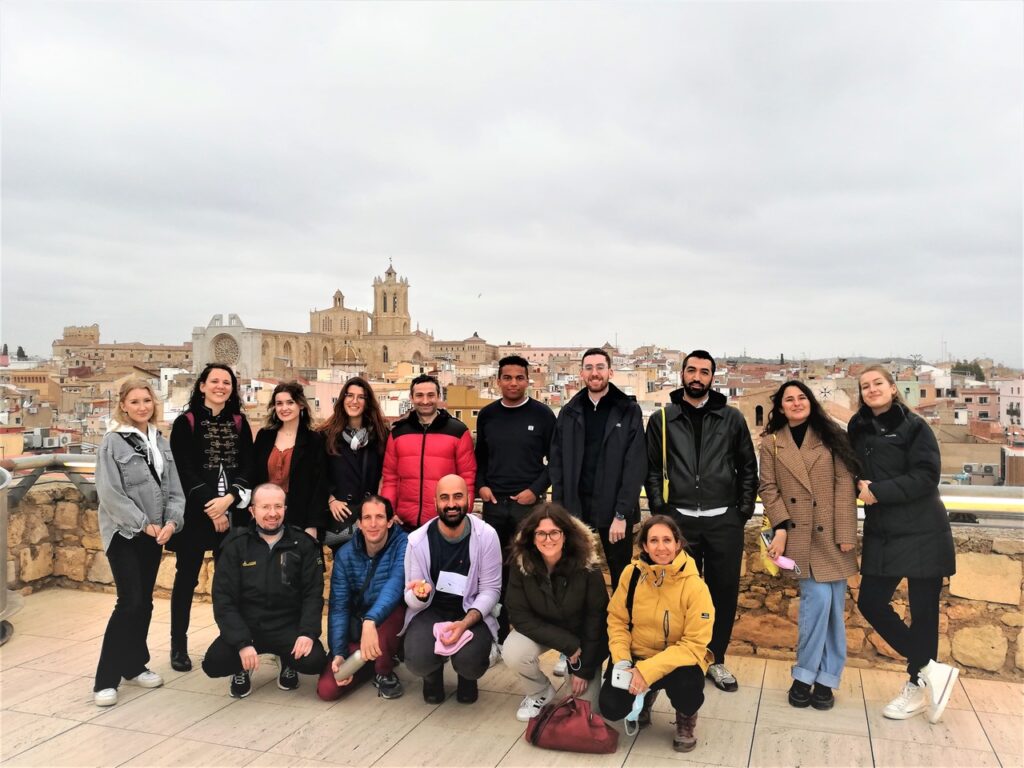


Toy Gençlik Derneği (Toy Youth Association)
Eskişehir, Türkiye
www.toygenclik.org
Areas of work: Youth Rights
Social media accounts: @toygenclik
twitter.com/toygenclik
facebook.com/toygenclik
Toy Youth Association (Toy) aims to protect and improve youth rights within the frames of national and international agreements on a local, national and international level; to involve young people in creating a holistic youth policy, to contribute to the process by improving awareness of democracy and negotiation, to create awareness and sensibility of ecological lifestyle and to offer solutions to the problems resulted by the irreversible deterioration of ecological balance and to support life in harmony with nature.

Janun Hannover
Hannover, Germany
www.janun-hannover.de
Areas of work: Environment & sustainability, multiculturalism & migration, globalization and justice, child and youth rights
Social media accounts: @janun_hannover
JANUN e.V. is a youth organization that was founded in 1994 in Hannover. While in the first years mainly ecological topics were at the center of the activities, the topic has meanwhile expanded. International cooperation, multiculturalism & migration, globalization and justice, child and youth rights, and inclusion are topics that currently play a major role at JANUN. In various working groups, young people are involved and are active in content-related topics or organize campaigns, seminars, projects or international youth-exchanges. The young people are supported by full-time employees who have pedagogical training.
Toy Youth Association and Janun Hannover first met when a volunteer of Toy was searching for organizations in Germany to volunteer for and to work in 2018. Our first collaboration was an Erasmus+ Youth Exchange in Germany named “Ecotopia” After that Toy visited many NGOs in Germany and one of them was Janun Hannover and the two organizations have been collaborating ever since in the fields of youth rights, sustainability and youth participation.
As Janun and Toy we always wanted to share our methods and good experiences with each other. Since we already conducted youth exchange and European volunteer service projects together. We were very impressed with each other’s work and used methods so we wanted to share them with each other and all of us. We saw this program as an opportunity to connect online and work towards this goal.
In order to share methods that we use regularly and explore other methods, good practices and tools we have held 5 international workshops open to anyone who wanted to join. Many volunteers of both Toy and Janun and international partners and participants have joined in throughout the months. Each month had a specific theme and the methods and good practices shared that month belonged to that theme. In the workshops generally, Toy and Janun presented or implemented methods they use and/or they have found while researching thus sharing them with everyone and discussing them. In the end, the output of these workshops will be an open-source booklet containing methods on the following topics of: Sustainable Consumption, Fashion and Sustainability, Nutrition and Sustainability, Nature Education for Children & Youth, Climate Change & Climate Justice.
We have had team prep meetings involving Janun and Toy’s volunteers, then international method-sharing workshops with open calls and participants from both organisations’ volunteers and people who applied and responded to the calls. Then we had meetings and preparations for the creation of the booklet.
Monthly routines and processes for the preparation of the international workshops and the final booklet:
During this programme’s mobility, over 20 different non-formal education methods on the five different ecological topics have been touched upon.
Janun has especially learned about and gained many new online tools and methods in the field of environmental education, whereas Toy had already some more experiences.
While Toy had a lack of available and accessible workshop methods in the field of environmental education, they especially learned about and gained a repertoire of new NFE methods that they can use in their youth work activities.
“I have a problem and I might know what to do :)”
In one of the international workshops, we were having technical difficulties with our team member Ezgi’s microphone. In that specific workshop, she had a big role in both facilitating and presenting. Both of our organizations are experienced with and capable of managing crises. Especially Ezgi who is very well experienced in organizing and facilitating many online and in-person events and gone through a lot of crises and problems during projects. However in an online environment as participants were about to join we were still struggling to fix the technical issues with no avail. After some time had passed Ezgi typed in the chat for our whole team to see a sentence that would become the most iconic line for us that year: “I have a problem and I don’t know what to do.” Seeing Ezgi, our best problem-solver type this in desperation was both funny and concerning for us. After some googling and trying and failing we fixed the issue and held the workshop. Even to this day when something goes wrong we still jokingly say: “I have a problem and I don’t know what to do.”







